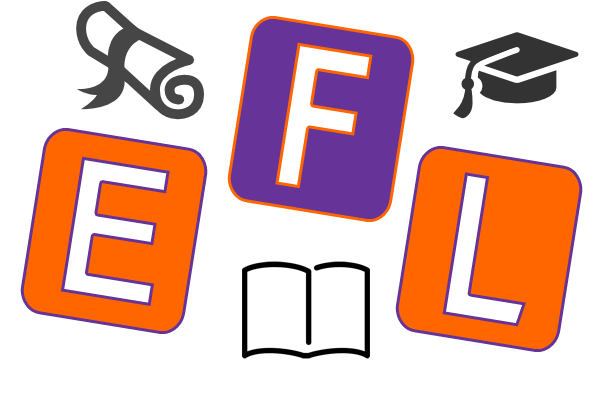Gathering the information you need as a professional to make a proper evaluation of a child is a multi-step process and requires viewing the child from different angles, if you will. The gathering of this information is called the process of assessment. Usually four dimensions or angles of looking at a child will give you a good foundation of information to properly evaluate that child. In the realm of education we have an acronym for this process called R.I.O.T or Review, Interview, Observe, and Test.
Review – some of the best indicators of a student’s knowledge do not come necessarily through testing but through the analysis of what can be called Existing Permanent Products. The sources of these permanent products can be acquired throughout the child’s learning environment. For example, paper and pencil tasks, attendance records, curricular materials, and even health records are just a small fraction of the permanent products that can be used to assess a child.
Interview – although interviews are used to hire people, poll opinions about national policies, and provide information for mental health and social services; educational assessment many times has seemed to miss the value of interviews. Some of the most powerful variables that affect student achievement are not the observed variables but the ones that cannot be easily observed (i.e. thinking patterns). Interviews give the assessor of view from within.
Observation – observations really help in collecting information about student behaviors as they regard to achievement – but one must be careful with observations. Without being able to observe the frequency of a behavior across multiple contexts and without taking into consideration that what we do usually has more to do with what is going on within us than what is around us, our observation will be meaningless. A good observer will take into consideration the state or condition of the child and must be able to make inferences about what is going on within a child by looking at what they are doing on the outside.
Test – this form of assessment is what is most familiar to all of us. Testing allows us to assess where a child is in relation to others (Norm-Referenced Test) or how well we can perform a certain behavior that is standard such as spelling a word or describing a triangle (Criterion-Referenced Test).
That said, each one of these realms of assessment when utilized properly has its place in providing a comprehensive picture of a child, a picture which only represents just a starting point in the process of closing gaps in achievement.







Most Commented
Assessment
No CommentsIntervention
No CommentsEnrichment
No Comments